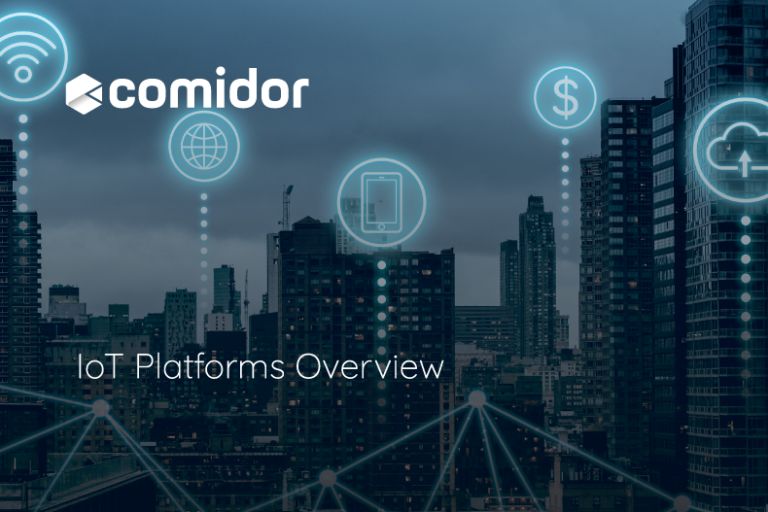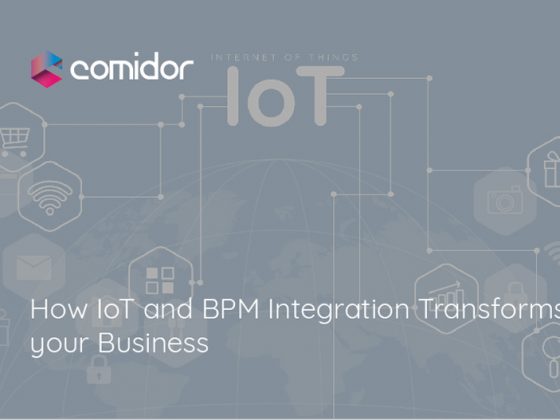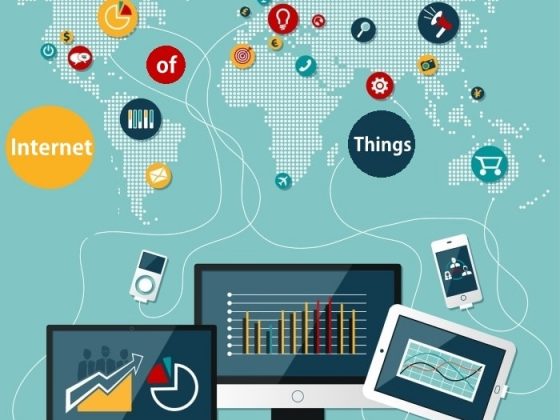IoT or the Internet of Things is a network of tangible items that are connected to the internet and can be accessed remotely and controlled at any time from any location. IoT platforms brace the access point, data network, and hardware together to the end-user application.
Key Components of IoT Platforms
The key components of the IoT platform include;
- Hardware – it is the microcontroller with wireless connectivity which is responsible for running and withholding any application.
- Hub level – the software that acts as a communication bridge between IP-connected cloud and IP non-connected cloud.
- Cloud hub level– it is the part from where the data is sent from devices, to be formatted for output. It allows to remove software updates and to control devices remotely.
Features of IoT Platforms
IoT platforms facilitate the purpose of connecting, communicating, and controlling various things. An effective IoT platform acts as a link between machines, applications, devices, and people thus maintaining interconnectivity.
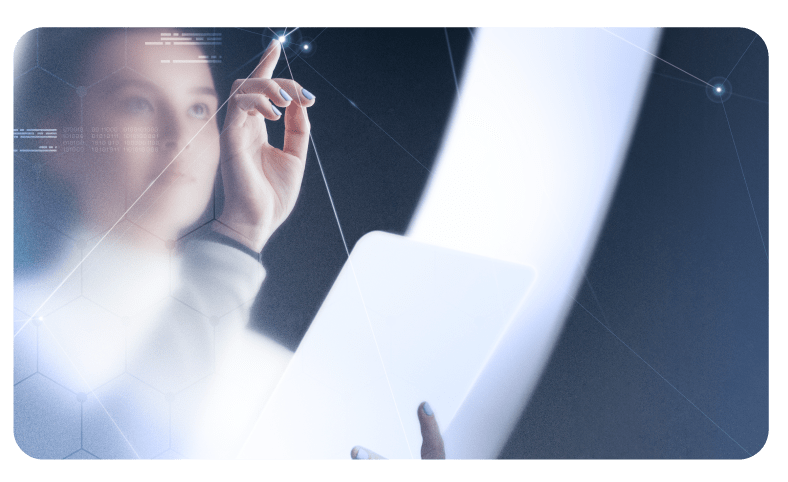 There is such a wide range of capabilities and features available on the IoT platforms based on the unique goals of organizations and unique users. Some of the main features are:
There is such a wide range of capabilities and features available on the IoT platforms based on the unique goals of organizations and unique users. Some of the main features are:
-
Safety:
IoT platforms, these days, come with built-in security features. They offer privacy and identity management by providing end-to-end security mechanisms across networks, devices, and cloud services. Data integrity, additional protection for certain proprietary data types, privacy protection, authentication, encryption, and identity are all part of the security wing of an IoT platform and can function at different levels.
-
Connectivity:
Connectivity is an integral part of any IoT system. At a basic level, an IoT platform is easy or uncomplicated as a software infrastructure that facilitates and oversees connectivity between physical world objects. Solid connectivity management ensures the security of various IoT devices and administration of effortless integration of multi-protocol, multi-network connections even in this complex environment of connectivity.
In addition, each IoT platform consists of a layer of connectivity that provides different services. These include data collection, monitoring, control, and asset management.
-
Horizontal management:
Mostly, enterprises and organizations work with multiple agencies, all of which work in seclusion and concentrate only on their requirements. Each vertical can create its custom solution by creating a segmented and inefficient model for operation and development. A horizontal management IoT platform lets an organization incorporate connectivity data collection, analysis, business application development, and service management.
-
Real-time Analytics:
When the Internet of Things platform displays real-time analytics, and when it flows through the system, it visualizes and contextualizes the data. It allows an organization to keep an eye on its devices, understand performance, usage patterns, and also identify privacy issues and unsafe situations in advance along with availability. In short, real-time analytics manages devices and ensures security and performance as resourcefully as possible.
Real-World IoT Applications
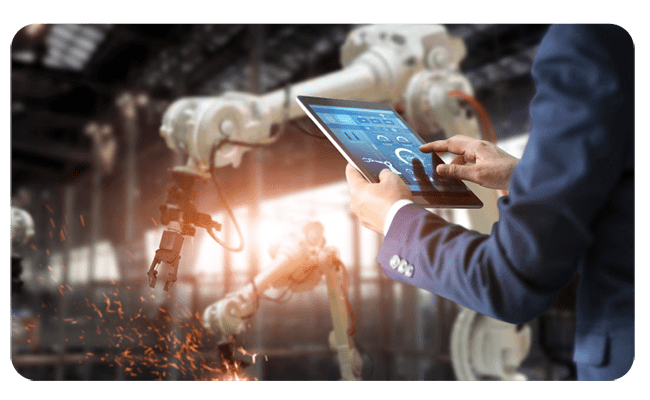 1. Wearables
1. Wearables
Wearable technology is a well-known application of IoT. Heart rate monitors, fitbits, and smartwatches are commonly used examples.
2. Smart Home
Implementation of IoT in the home resulted in the idea of ‘Smart Homes’. The best examples are Jarvis; a smart home with innovative features introduced by Mark Zuckerberg and Allen Pan’s Home Automation System where the house functions on a string of musical notes.
3. Health Care
IoT applications can turn medical-based technologies into wellbeing applications. The sources used in current medical research do not have conclusive real-world information. It mostly uses survivor data, restricted environments, and volunteers for medical testing. It provides access to important data through research, real-time field data, and evaluation.
4. Smart Cities
The concept of a Smart City is different for each city and the application of IoT affects each city differently. It can help the government and engineers to analyze complex factors of each city such as town planning, waste control, water management, parking management, and emergencies. The best example is the Smart City Palo Alto, which has sensors installed at the parking ground to guide the drivers.
5. Agriculture
With the growing population, it is necessary to merge agriculture with technology to obtain the best results. There are possibilities such as Smart Greenhouse where farming Greenhouse farming method increases crop yield by regulating environmental parameters and more. Not only does this make it easier to monitor greenhouses with embedded devices, but it also allows them to regulate the climate inside.
6. Industrial Automation
With IoT applications, products and their packaging can be re-engineered to deliver better performance when it comes to cost and customer satisfaction. IoT has the capabilities to bring about great changes with the right solutions for all the following areas.
- Digitalization of Factory
- Monitoring Product flow
- Managing Inventory
- Safety and Security
- Quality Controlling
- Optimizing packages
- Optimization of supply chain and logistics
Choosing the right IoT Platform
Choosing the right IoT platform might be complicated due to the numerous options and vendors available.
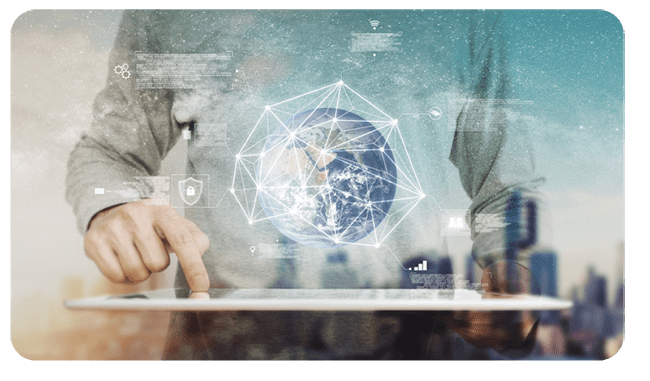 When selecting an IoT platform, one should not just consider technical capabilities but look beyond them. One needs to have an eye on technical, business, and operational capabilities as a combination as they align with company strategies and where one stands in their product adoption lifecycle.
When selecting an IoT platform, one should not just consider technical capabilities but look beyond them. One needs to have an eye on technical, business, and operational capabilities as a combination as they align with company strategies and where one stands in their product adoption lifecycle.
For Instance, if you are at the start of your journey, you should pay more attention to IoT platforms that can build and test prototypes very quickly. You should not worry about scalability, cost, and features at this stage. Moving up the ladder you should gather the rest of the factors to focus on like the market fit and scale.
5 crucial areas to consider while choosing the right IoT platform:
1. Trustworthy vendor: It’s very important to evaluate the vendor’s reputation, stability, financials, and track record before taking the leap.
2. Large ecosystem: Many leading IoT platform providers have a strong partner ecosystem as they commonly don’t do hardware in-house.
3. Access: Always choose a provider that gives you admission to the maximum of the functionality.
4. Vendor: Select a vendor that has expertise in your industry. Having the best solution to handle your data and analytics is an advantage. Some vendors also assist with techniques in complying with industry regulations.
5. Robust onboarding: Always pick companies that have a strong solutions department that can coach your team, and give you a clear understanding during the POC (proof of concept).
Benefits of IoT Platforms
The IoT platform is the heart of smart devices. Listed below are reasons why one needs to use IoT platforms.
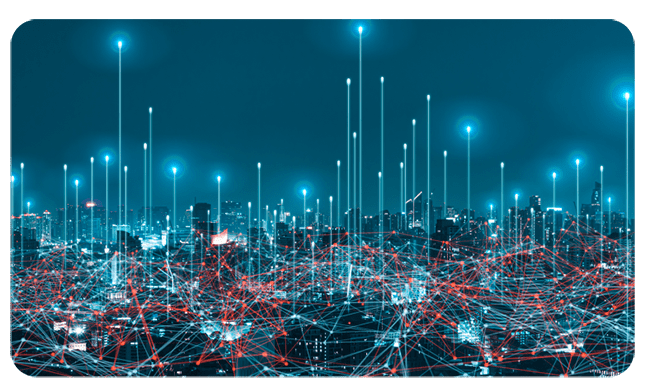 1. It helps to validate a business case much earlier and get to the market quickly
1. It helps to validate a business case much earlier and get to the market quickly
The primary goal of your project is to validate your business case and present it to your partners. Business case verification should be done as soon as possible – before initiating intensive engineering efforts. Many IoT systems enable you to create proof-of-concept prototypes in a relatively short time. Having prototypes in the target user’s hand allows you to quickly verify a business case and take advantage of customer feedback quickly.
Once the validation is completed, it is a goal for any product to hit the market as soon as possible. Customers are always excited to get their hands on the product and your competition will always be equally closer.
2. Improve operations, productivity, and efficiency
IoT consists of a range of physical and digital devices connected to the internet, across the globe. This enables gathering and sharing data from one point to another, in no time and without any hindrance. This process not only increases the overall productivity but also allows companies to gather more and more data in no time. Moreover, the efficient functioning of the IoT platforms minimized the cost of energy and saves time.
3. It offers vital features for your project
It’s obvious for an IoT platform to have unique features and a couple of common features. IoT platform includes the following features:
• Low-power operation
• Long distance, unattended networking
• Ease of installation
• Integration with third-party software
• Device management
• User management
• Software updates
• Push notifications or email alerts
4. It reduces costs and risks
IoT projects are naturally risky but they can considerably lessen the risk and cost of the project as the IoT platform vendor can absorb the technical risk.
Wrap Up
To wrap up, IoT is advancing and is continuously building its networks over time. By merging hardware and software to the internet, IoT is building a smarter world. It has been offering a multitude of opportunities for business and government. It’s time to start seeing the real possibilities of this technology.
Author bio:
Mubarak Musthafa is Vice President of Technology & Services at ClaySys Technologies.
Explore Comidor Low-Code and HyperAutomation Platform


